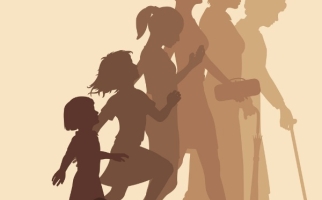
Have Scientists Found a Way for People to Live Longer?
STEM Explained
Everything and everyone ages. But scientists have made discoveries about our cells and circulatory and immune systems that could potentially one day be used to increase human lifespans.
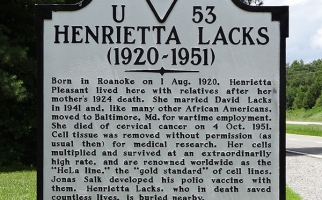
Why is Henrietta Lacks Important?
STEM Explained
When the cells of Henrietta Lacks were collected by medical researchers after her death in 1951, it changed the future of medicine.
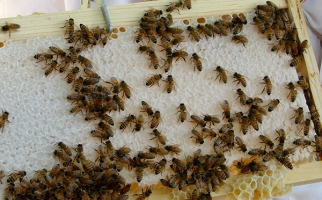
How are the World's Bee Populations Doing?
STEM Explained
Bees are important for agriculture. But bee populations face threats. This resource looks at Colony Collapse Disorder, herbicides & pesticides, and more.

How Can I Go Faster on My Bike?
STEM Explained
You don’t have to pedal harder to go faster. You just have to understand a little bit about gravity, drag and friction!

From Sky to Space
STEM Explained
Canadian astronauts Jeremy Hansen and David Saint-Jacques explain how learning to fly an aircraft prepared them for the challenges of living in space.

Chemical Equilibrium and Panic Attacks
STEM Explained
Panic attacks are scary and they upset your body’s chemical equilibrium. Learn what happens to acids & bases in your circulatory system during a panic attack.

Could We Stop an Asteroid?
STEM Explained
If an asteroid were to hit the Earth it could be disastrous. Here are some ways we could protect ourselves.
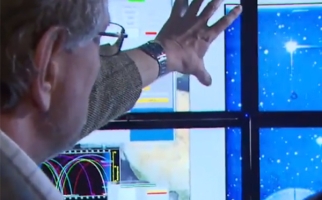
Dealing with Asteroids and Other Space Hazards
STEM Explained
Find out how asteroids, space debris, and cosmic radiation can be dangerous, and how to monitor them and protect ourselves from these space hazards.
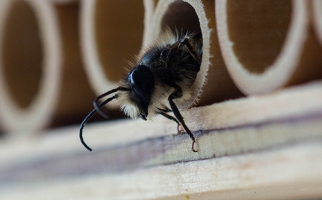
Design & Build a Bee House
Lessons
Students will learn about the human impacts on bee populations as they design, test, build and observe a structure for solitary bees.
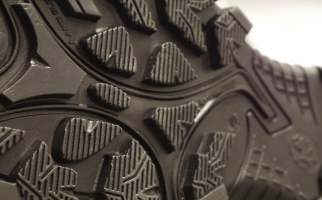
Design & Build a Non-Slip Boot Tread
Lessons
Students work collaboratively to design and build a boot tread that will use friction to prevent slipping on an incline.
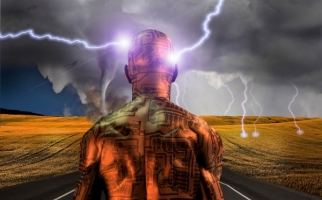
Do Amps or Volts Kill You?
STEM Explained
This resource explains electricity basics - volts, amps, currents, resistance, and why it is dangerous to touch electrical outlets with wet hands.
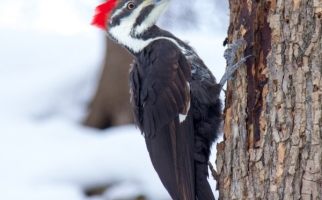
Do Woodpeckers Get Concussions?
STEM Explained
Pecking puts a lot of force on a woodpecker’s brain. But scientists think woodpecker bodies are adapted to help keep them from being injured during pecking-related collisions.

Do You Know What's On Your Plate?
STEM Explained
In 2013, many Europeans learned their beef lasagnas were actually made of horse meat. Learn about food fraud, and how a Canadian invention can help detect it.

Can You Store Electricity for Later?
STEM Explained
Sometimes, power plants make too much electricity. Energy storage technologies can help! They store the extra electricity and release it when demand goes up.

Escape Velocity
STEM Explained
Why do a baseball and a rocket need the same launch speed to get from Earth into space? It has to do with physics and gravitational force.